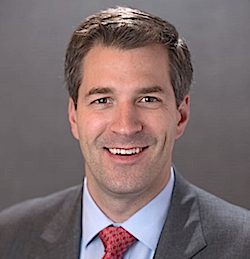
Reversing a seven-month trends, skilled nursing occupancy declined to 75.1% between August and September. That amounted to a 27 basis points downturn, according to the latest Skilled Nursing Monthly Report published earlier this month from the National Investment Center for Seniors Housing & Care.
The good news is that occupancy was still 355 basis points above the low point of 71.5% recorded in January.
“In general, there remains cautious optimism about improving occupancy trends, but there remain challenges including the rapid spread of the contagious COVID-19 delta variant in the summer and fall months as well as labor shortages, which have caused some properties to limit new patient admissions,” Senior Principal Bill Kauffman wrote in a blog.
Occupancy remains low compared to pre-pandemic numbers. In February 2020, occupancy was a more robust 85.7%.
It is unknown how the new omicron variant of COVID-19 will affect census levels. Labor shortages may also contribute to the downward trend of occupancy.
Medicare revenue per patient day increased by $2.82 (0.5%) from August to the end of September at $565, which is still 1.5% below its December 2020 level ($573.68). At that time, COVID-19 cases were spiking and the federal government intervened with initiatives to aid Medicare fee-for-service reimbursements. Medicare revenue mix continued to decline, falling 33 basis points from August to the end of September at 19.9%. It has been on a steady decline since the beginning of 2021 when it was 24.9%.
Managed Medicare revenue mix held relatively steady at 10.5%. While the trajectory has not been steady throughout the year, managed Medicare revenue mix remains higher than its pandemic low of 8.4% set in May 2020.
Medicaid patient day mix increased to 66.3% in September, up slightly from the pandemic low of 63.2% set back in January. Medicaid revenue mix, however, decreased to 50% in September. This represents half of all property revenue, according to Kauffman. At the same time, Medicaid revenue mix has increased 314 basis points from the pandemic low of 46.9% set in Dec. 2020.
Medicaid revenue per patient day decreased $1 from August to September at $242. According to Kauffman, September’s data still represents a 3.3% increase from pre-pandemic levels of February 2020 ($235).
Kaufmann added that Medicaid reimbursements have increased more than usual because some states have increased reimbursements related to the number of COVID-19 cases.


